Alright, settle in, because this story is going to give you chills, even if you haven’t stepped foot in a con center since Comic-Con ended last Tuesday.
Hello internet, I’m [Your Name/Nickname if preferred, e.g., Aisha], a 25-year-old Nigerian-Canadian beauty, athlete, and unapologetic cosplayer. Think bright headwrap, perhaps a dash of ’90s pop culture confusion, and always two steps behind catching the latest movie or show for my next project. This ain’t just a hobby for me; it’s therapy, magic, and maybe, just maybe, making a few new friends amongst the chaotic-happy locals in character.
Sometimes, though, the desire to be someone else collides head-on with reality’s rigid rules. Recently, a fellow creator named Kendall found herself barred from the iconic Calgary Comic and Entertainment Expo (Comicon). Not just asked to leave politely, but flat out banned. And the story got me thinking: What real, often hidden rules govern these imaginative wonderlands of cosplay?
Why This Cosplayer Got Banned From Comicon (And the Rule You Didn’t Know About)
Imagine this: You pour months into a project. You stitch, glue, paint, maybe even make small sacrifices to Satan (okay, not the last part, maybe don’t). You meticulously replicate everything – the posture, the voice, the look, the essence. You polish your weapon, perfect your pose, shower and pamper daily. You’re finally ready. Ready to smash another con goal, ready to spread joy, maybe even snag that celebrity encounter. Then, on the day of your glorious debut… they turn you away. Or worse, you’re asked to leave because one small detail broke an unwritten guideline. Confusing, right? Especially if that detail feels…
This is the raw reality faced by cosplayer Kendall, whose incredible portrayal recently led to her being denied entry or swiftly removed from Comicon. Don’t get me wrong, safety, respect, and adherence to a site’s policies are crucial. Anyone yelling profanities at cosplayers or blocking emergency exits is out like a shot. But getting banned, especially seemingly out of the blue after years of participating? That slap in the face that whispers something else might be going on. It’s this ‘why’ that got me researching the hidden layers of con rules beyond just “no violence” or “no indecent exposure”.
While we all know big, obvious acts cross the line, the real bans often hinge on more nuanced, sometimes bureaucratic or even evolving, interpretations. It wasn’t just my perception as someone who sometimes gets her makeup flicked or has her microphone demand confiscated (don’t worry, I handle it like a boss!), but a genuine curiosity about what happened to Kendall and the possible underlying factor that cracked the code so severely.
Upon digging – because I get my information from memorable personal experience, a dash of journalistic Dare I Dream Reddit snooping, and decades of fandom lore – a few things started to surface. Forget taste police, this wasn’t about that. This was more about identity, scope, and maybe even trademark fury. Remember that ‘Rule 63’ thing? The one where characters are cross-dressed or put in same-sex situations? It’s mostly funny fan art, bordering on the offensive sometimes (sorry not sorry!), but banning people for it? Harsh, but occasionally debated.
Then there’s the whole “Is this really us?” line of criticism. Creative fan fiction is one thing, reimagining the source material is another. But when you’re asked to leave simply because your interpretation doesn’t align perfectly with the creators, or if someone screams “SHE’S NOT LOKI!” about a portrayal that actually is Loki, well, there are lines.
But was THAT Kendall’s specific problem? Probably not. Her situation felt more pointed. People talked, mysteriously, about her choice of costume, or perhaps how she presented it? Like many creators, she might have chosen an outfit that was, yeah, borderline themed, maybe even controversial IF you didn’t understand the source? One consequence can topple empires (i.e., your con weekend).
Wait a minute – let’s pull back. What if the real kicker wasn’t the character’s fantastical aspect, but a tiny, very specific detail亵oring the trademark? The logo? The color palette? A prop that even slightly riffed on the intellectual property? It’s a fine line between inspired replicas and outright copyright infringement, especially when a company’s lawyer isn’t on board. In the Fandom Wild West of conventions, sometimes this is where things go sour very quickly.
There’s also the factor of stars and bars – marketing rules. Conventions lobby hard to get trademarks protected inside their grounds. So if a company decides their property has higher, say, sacred cow-status this year, cosplayers need to adapt fast. Breaking curmudgeonly corporate rules often isn’t a cosy confrontation but an immediate expulsion. It happened before, like that minor disagreement last Star Wars week at Star Wars Weekend Caliente – everyone knows the light saber rules, right?
So, putting it all together, the thing Kendall likely tripped up wasn’t just ‘fashion’, it wasn’t gender-bending. It might have been stepping on some metaphorical property line in a highly sensitive tour, or maybe misinterpreting the harmless fun of the event.
The Calgary Map: Banned Cosplayer Got Banned From Comicon
Have we officially entered full-throbbing-Retrograde territory? Because it still doesn’t feel real. Seeing details of Kendall’s ban – banned, mind you, not just politely asked to ‘pause’ her panel approach – brought the floodgates down on my own anxieties. Am I breaking some hidden con code every single time I pull off Iron Man’s arc reactor? Does my Wonder Woman pose accidentally tread on Wonder Woman’s financial empire?
This isn’t just about policing specific characters. Think about some of the creepiest bans I’ve read about across cons:
- The Mishaal Incident: A surprisingly mainstream but widely discussed ban at a Canadian convention involved a character portrayal that was deemed overly aggressive by a panel or convention staff. The confusion? His character wasn’t inherently violent, but the mise-en-scène (pose, props) leaned heavy into it, triggering fiery interpretations.
- The Ghost Rider Controversy: Following a specific controversy involving an alleged offstage encounter (which remained murky but heavily speculated online), similar themed/named ghosts were abruptly considered problematic at one east coast con. Again, not all who wore white, flew through the air claiming vengeance were deemed problematic, but the environment certainly shifted.
- The DC Properties Aftermath: Around the time of certain major movie releases or comic arcs, entire character groups get nationally syndicated attention. Suddenly, wearing a Robin suit can feel dicey if Batman’s mood swings are publicly sour. The rule? It changes. But do conventions proactively ban cosplays without specific complaints of copyright plus internal policy violations first? That’s the scary whisper folks online call Rule BANDAID: Band-Aid Fixes Loose Lips (and Slow Policy Updates).
Is there really one singular rule Kendall broke?
The Calgary Map: Banned Cosplayer Got Banned From Comicon
Have we officially entered full-throbbing-Retrograde territory? Because it still doesn’t feel real. Seeing details of Kendall’s ban – banned, mind you, not just politely asked to ‘pause’ her panel approach – brought the floodgates down on my own anxieties. Am I breaking some hidden con code every single time I pull off Iron Man’s arc reactor? Does my Wonder Woman pose accidentally tread on Wonder Woman’s financial empire?
This isn’t just about policing specific characters. Think about some of the creepiest bans I’ve read about across cons:
The Mishaal Incident: A surprisingly mainstream but widely discussed ban at a Canadian convention involved a character portrayal that was deemed overly aggressive by a panel or convention staff. The confusion? His character wasn’t inherently violent, but the mise-en-scène (pose, props) leaned heavy into it, triggering fiery interpretations.
The Ghost Rider Controversy: Following a specific controversy involving an alleged offstage encounter (which remained murky but heavily speculated online), similar themed/named ghosts were abruptly considered problematic at one east coast con. Again, not all who wore white, flew through the air claiming vengeance were deemed problematic, but the environment certainly shifted.
The DC Properties Aftermath: Around the time of certain major movie releases or comic arcs, entire character groups get nationally syndicated attention. Suddenly, wearing a Robin suit can feel dicey if Batman’s mood swings are publicly sour. The rule? It changes. But do conventions proactively ban cosplays without specific complaints of copyright plus internal policy violations first? That’s the scary whisper folks online call Rule BANDAID: Band-Aid Fixes Loose Lips (and Slow Policy Updates).
Is there really one singular rule Kendall broke?
The Calgary Map: Banned Cosplayer Got Banned From Comicon
Have we officially entered full-throbbing-Retrograde territory? Because it still doesn’t feel real. Seeing details of Kendall’s ban – banned, mind you, not just politely asked to ‘pause’ her panel approach – brought the floodgates down on my own anxieties. Am I breaking some hidden con code every single time I pull off Iron Man’s arc reactor? Does my Wonder Woman pose accidentally tread on Wonder Woman’s financial empire?
This isn’t just about policing specific characters. Think about some of the creepiest bans I’ve read about across cons:
The Mishaal Incident: A surprisingly mainstream but widely discussed ban at a Canadian convention involved a character portrayal that was deemed overly aggressive by a panel or convention staff. The confusion? His character wasn’t inherently violent, but the mise-en-scène (pose, props) leaned heavy into it, triggering fiery interpretations.
The Ghost Rider Controversy: Following a specific controversy involving an alleged offstage encounter (which remained murky but heavily speculated online), similar themed/named ghosts were abruptly considered problematic at one east coast con. Again, not all who wore white, flew through the air claiming vengeance were deemed problematic, but the environment certainly shifted.
The DC Properties Aftermath: Around the time of certain major movie releases or comic arcs, entire character groups get nationally syndicated attention. Suddenly, wearing a Robin suit can feel dicey if Batman’s mood swings are publicly sour. The rule? It changes. But do conventions proactively ban cosplays without specific complaints of copyright plus internal policy violations first? That’s the scary whisper folks online call Rule BANDAID: Band-Aid Fixes Loose Lips (and Slow Policy Updates).
Is there really one singular rule Kendall broke?
The Calgary Map: Banned Cosplayer Got Banned From Comicon
Have we officially entered full-throbbing-Retrograde territory? Because it still doesn’t feel real. Seeing details of Kendall’s ban – banned, mind you, not just politely asked to ‘pause’ her panel approach – brought the floodgates down on my own anxieties. Am I breaking some hidden con code every single time I pull off Iron Man’s arc reactor? Does my Wonder Woman pose accidentally tread on Wonder Woman’s financial empire?
This isn’t just about policing specific characters. Think about some of the creepiest bans I’ve read about across cons:
The Mishaal Incident: A surprisingly mainstream but widely discussed ban at a Canadian convention involved a character portrayal that was deemed overly aggressive by a panel or convention staff. The confusion? His character wasn’t inherently violent, but the mise-en-scène (pose, props) leaned heavy into it, triggering fiery interpretations.
The Ghost Rider Controversy: Following a specific controversy involving an alleged offstage encounter (which remained murky but heavily speculated online), similar themed/named ghosts were abruptly considered problematic at one east coast con. Again, not all who wore white, flew through the air claiming vengeance were deemed problematic, but the environment certainly shifted.
The DC Properties Aftermath: Around the time of certain major movie releases or comic arcs, entire character groups get nationally syndicated attention. Suddenly, wearing a Robin suit can feel dicey if Batman’s mood swings are publicly sour. The rule? It changes. But do conventions proactively ban cosplays without specific complaints of copyright plus internal policy violations first? That’s the scary whisper folks online call Rule BANDAID: Band-Aid Fixes Loose Lips (and Slow Policy Updates).
Is there really one singular rule Kendall broke?
The Calgary Map: Banned Cosplayer Got Banned From Comicon
Have we officially entered full-throbbing-Retrograde territory? Because it still doesn’t feel real. Seeing details of Kendall’s ban – banned, mind you, not just politely asked to ‘pause’ her panel approach – brought the floodgates down on my own anxieties. Am I breaking some hidden con code every single time I pull off Iron Man’s arc reactor? Does my Wonder Woman pose accidentally tread on Wonder Woman’s financial empire?
This isn’t just about policing specific characters. Think about some of the creepiest bans I’ve read about across cons:
The Mishaal Incident: A surprisingly mainstream but widely discussed ban at a Canadian convention involved a character portrayal that was deemed overly aggressive by a panel or convention staff. The confusion? His character wasn’t inherently violent, but the mise-en-scène (pose, props) leaned heavy into it, triggering fiery interpretations.
The Ghost Rider Controversy: Following a specific controversy involving an alleged offstage encounter (which remained murky but heavily speculated online), similar themed/named ghosts were abruptly considered problematic at one east coast con. Again, not all who wore white, flew through the air claiming vengeance were deemed problematic, but the environment certainly shifted.
The DC Properties Aftermath: Around the time of certain major movie releases or comic arcs, entire character groups get nationally syndicated attention. Suddenly, wearing a Robin suit can feel dicey if Batman’s mood swings are publicly sour. The rule? It changes. But do conventions proactively ban cosplays without specific complaints of copyright plus internal policy violations first? That’s the scary whisper folks online call Rule BANDAID: Band-Aid Fixes Loose Lips (and Slow Policy Updates).
Is there really one singular rule Kendall broke?
The Calgary Map: Banned Cosplayer Got Banned From Comicon
Have we officially entered full-throbbing-Retrograde territory? Because it still doesn’t feel real. Seeing details of Kendall’s ban – banned, mind you, not just politely asked to ‘pause’ her panel approach – brought the floodgates down on my own anxieties. Am I breaking some hidden con code every single time I pull off Iron Man’s arc reactor? Does my Wonder Woman pose accidentally tread on Wonder Woman’s financial empire?
This isn’t just about policing specific characters. Think about some of the creepiest bans I’ve read about across cons:
The Mishaal Incident: A surprisingly mainstream but widely discussed ban at a Canadian convention involved a character portrayal that was deemed overly aggressive by a panel or convention staff. The confusion? His character wasn’t inherently violent, but the mise-en-scène (pose, props) leaned heavy into it, triggering fiery interpretations.
The Ghost Rider Controversy: Following a specific controversy involving an alleged offstage encounter (which remained murky but heavily speculated online), similar themed/named ghosts were abruptly considered problematic at one east coast con. Again, not all who wore white, flew through the air claiming vengeance were deemed problematic, but the environment certainly shifted.
The DC Properties Aftermath: Around the time of certain major movie releases or comic arcs, entire character groups get nationally syndicated attention. Suddenly, wearing a Robin suit can feel dicey if Batman’s mood swings are publicly sour. The rule? It changes. But do conventions proactively ban cosplays without specific complaints of copyright plus internal policy violations first? That’s the scary whisper folks online call Rule BANDAID: Band-Aid Fixes Loose Lips (and Slow Policy Updates).
Is there really one singular rule Kendall broke?
The Calgary Map: Banned Cosplayer Got Banned From Comicon
Have we officially entered full-throbbing-Retrograde territory? Because it still doesn’t feel real. Seeing details of Kendall’s ban – banned, mind you, not just politely asked to ‘pause’ her panel approach – brought the floodgates down on my own anxieties. Am I breaking some hidden con code every single time I pull off Iron Man’s arc reactor? Does my Wonder Woman pose accidentally tread on Wonder Woman’s financial empire?
This isn’t just about policing specific characters. Think about some of the creepiest bans I’ve read about across cons:
The Mishaal Incident: A surprisingly mainstream but widely discussed ban at a Canadian convention involved a character portrayal that was deemed overly aggressive by a panel or convention staff. The confusion? His character wasn’t inherently violent, but the mise-en-scène (pose, props) leaned heavy into it, triggering fiery interpretations.
The Ghost Rider Controversy: Following a specific controversy involving an alleged offstage encounter (which remained murky but heavily speculated online), similar themed/named ghosts were abruptly considered problematic at one east coast con. Again, not all who wore white, flew through the air claiming vengeance were deemed problematic, but the environment certainly shifted.
The DC Properties Aftermath: Around the time of
Disclaimer: This article may contain affiliate links. If you click on these links and make a purchase, we may receive a commission at no additional cost to you. Our recommendations and reviews are always independent and objective, aiming to provide you with the best information and resources.
Exclusive Stories, Photos, Art & Offers - Subscribe Today!
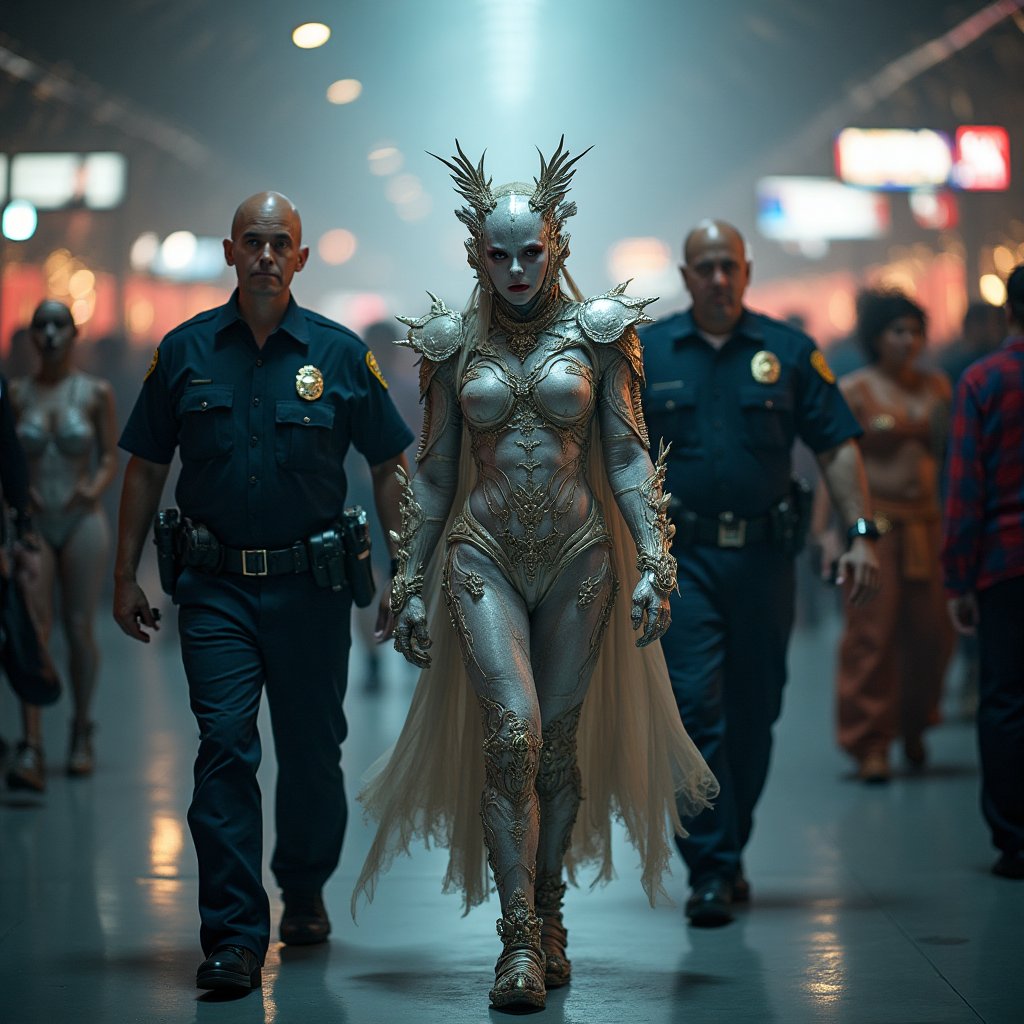
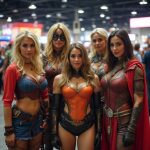



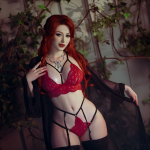
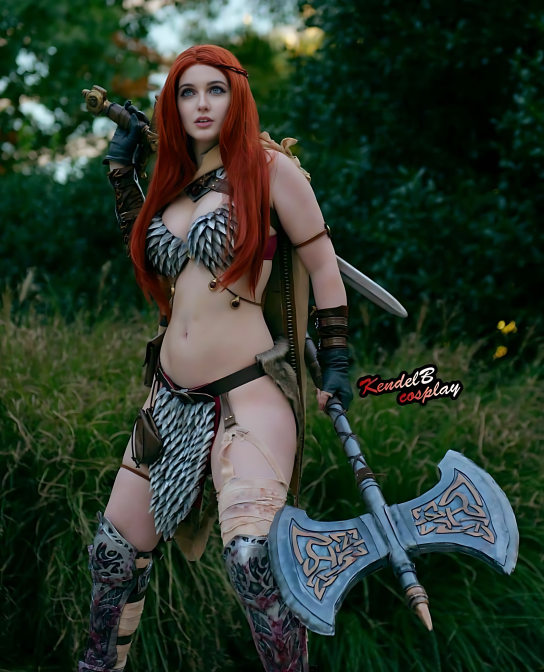
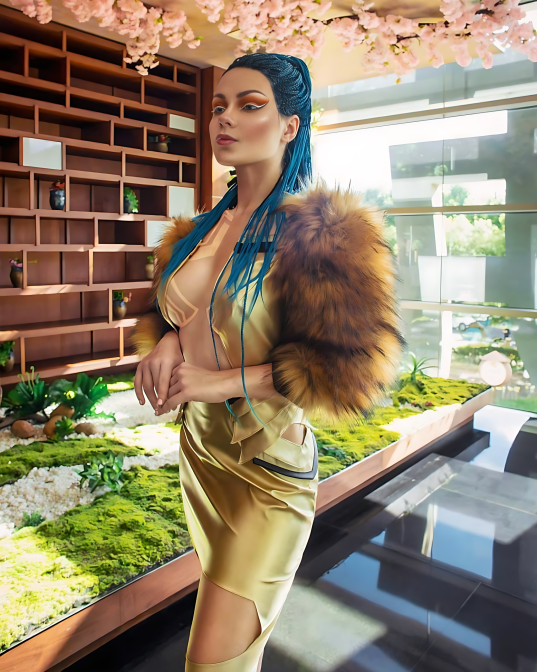
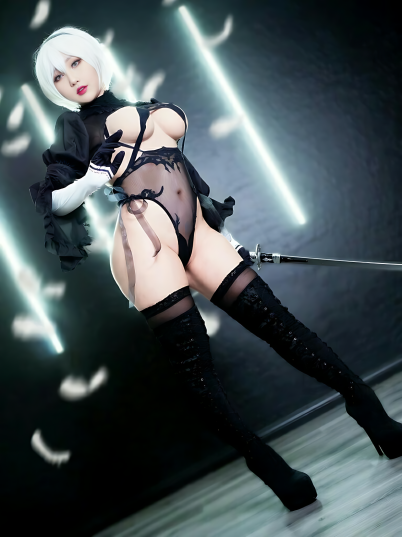
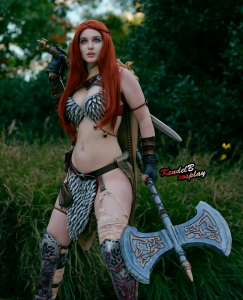
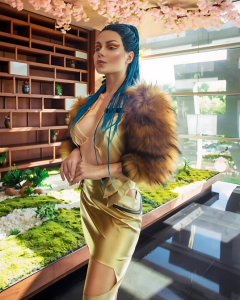
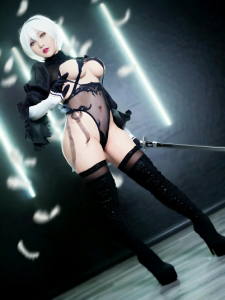
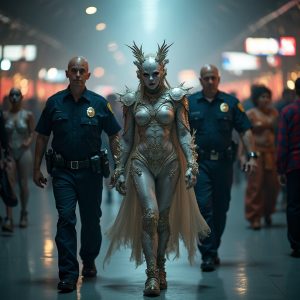



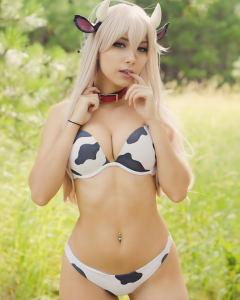

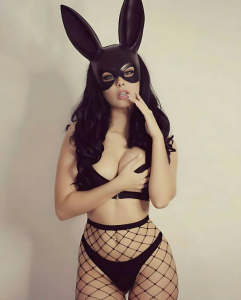
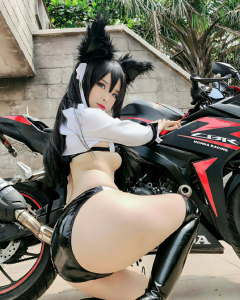
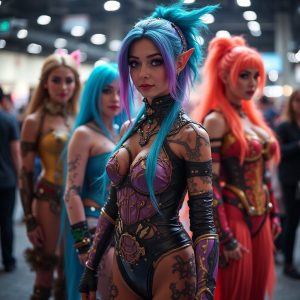
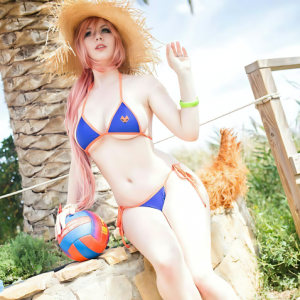
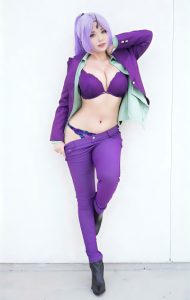

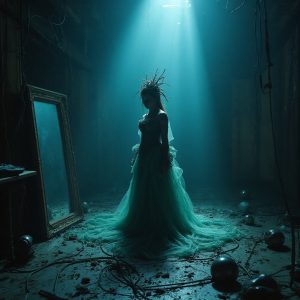
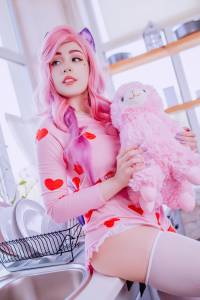
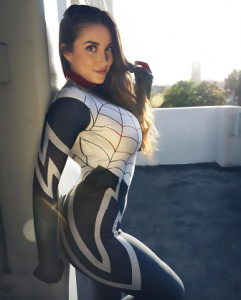
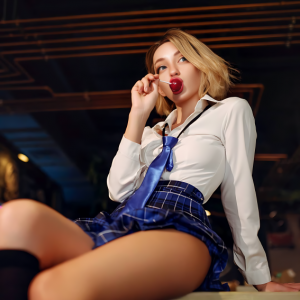
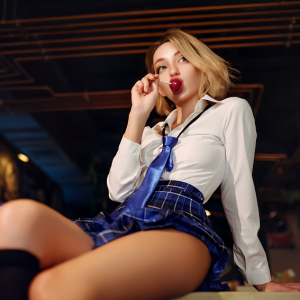

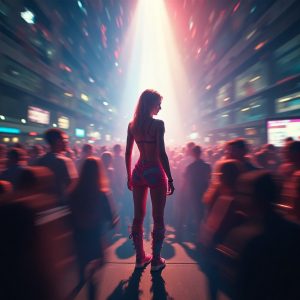
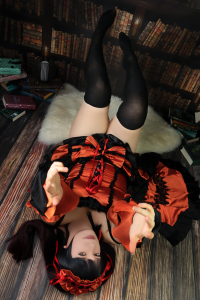
Post Comment